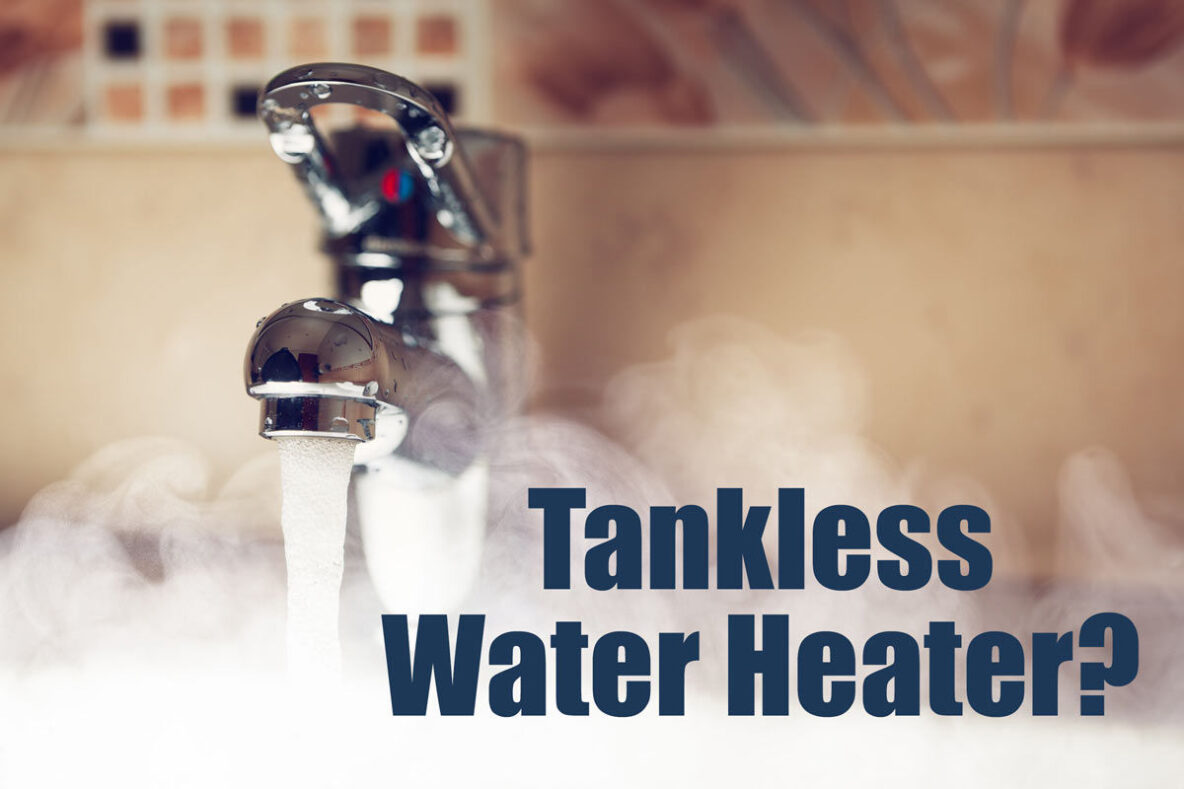What are Tankless Water Heaters?
Tankless water heaters have grown in popularity over the years. A lot of new homes now have tankless installed when built. But what exacty is a tankless water heater, is it better than the standard traditional storage tank water heater? We’ll explore those questions and more here in this guide.
Wall Mounted Water Heaters
A tankless water heater consists of a small unit that is mounted to your wall. It heats water directly as it passes through the pipes without a storage tank. While a traditional water heater stores hot water to use, a tankless doesn’t require hot water to be stored to be heated. The downside of tank water heaters are that it needs to continuously heat the water in the tank so it is hot and ready when you need it. It continues to use energy even when you’re not using hot water. This energy is called standby heat loss.
Tankless water heaters only heat water on demand, there is no storage and no wasted energy. Sometimes tankless water heaters are referred to as “on-demand” water heaters. These water heaters are available in gas and electric models. We commonly see mostly gas water heaters in the Albuquerque and Santa Fe area. But you should talk to a Professional Plumber about the best option for your home.
How do Tankless Water Heaters Work?
When you turn on the hot water tap in your home cold water travels through a pipe in the water heater. As the water travels through the water heater a gas burner or electric element heats the water. Once the water is heated. the water heater will give a constant supply of hot water through the faucet. However, you will need to run the water when it is turned on until it is heated. Once heated it will stay hot.
Limitations of a Tankless Water Heater
Tankless water heaters do have their limits. Typically they provide hot water at a rate of 2-5 gallons per minute on average. The demand for hot water in the house at one time can limit the amount of hot water the unit can produce. For example, using the shower and another appliance like the washing machine at the same time can stretch it to its limit. Gas water heaters can produce higher flow rates than electric ones and may be what you need to meet the demand of your home. There are also other options like installing a second tankless water heater, or a small water heater for your appliances.

